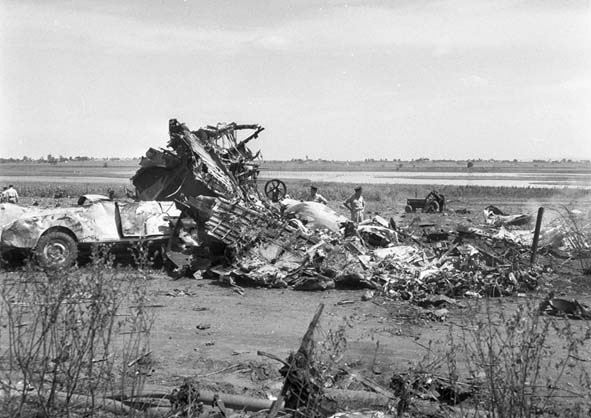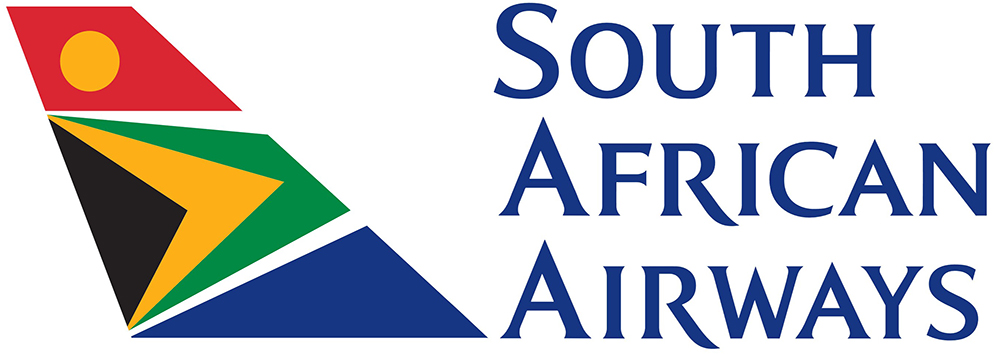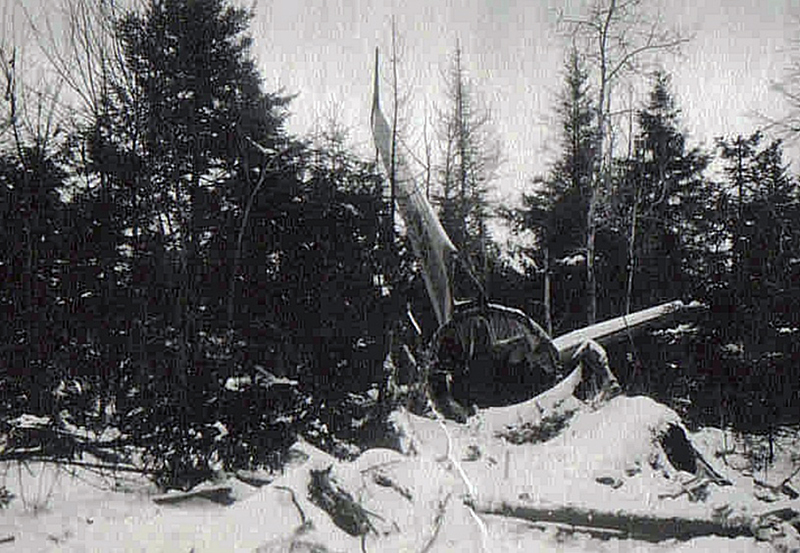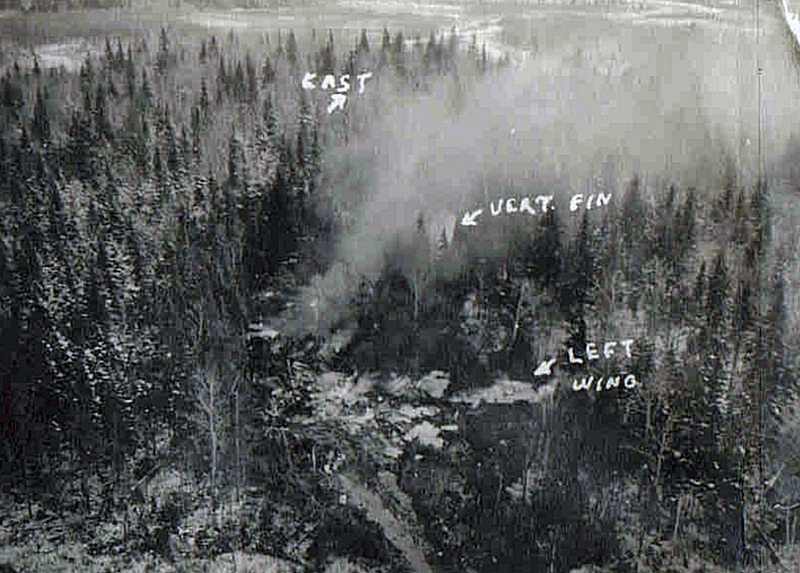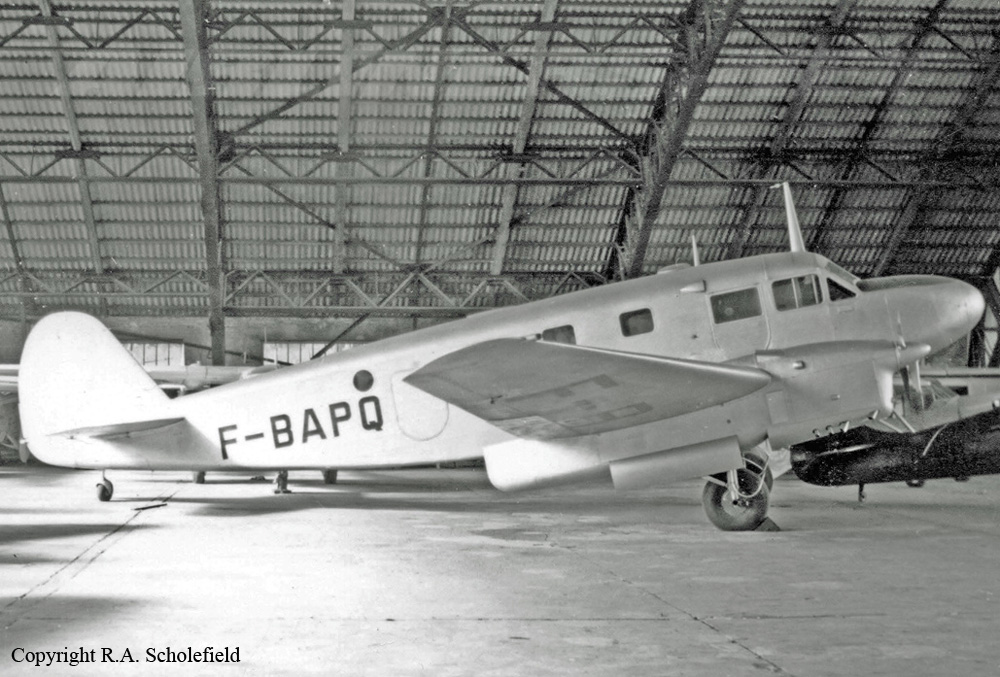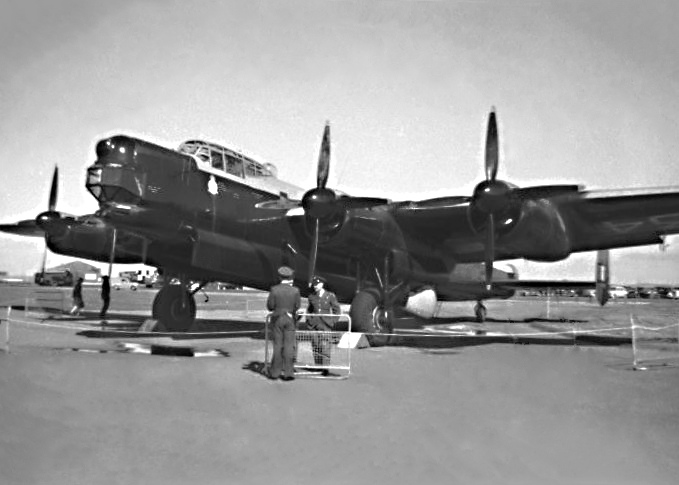Crash of a Douglas DC-7C in San Francisco
Date & Time:
Feb 20, 1959
Registration:
N740PA
Survivors:
Yes
Schedule:
San Francisco - San Francisco
MSN:
44882
YOM:
1956
Crew on board:
3
Crew fatalities:
Pax on board:
0
Pax fatalities:
Other fatalities:
Total fatalities:
0
Circumstances:
The crew was completing a local training at San Francisco Airport, part of a transition program. The approach was completed with a high rate of descent and when the pilot-in-command elected to complete the flare, the four engine aircraft descended until it impacted the runway surface. The undercarriage was sheared off on impact and the airplane skidded for several yards before coming to rest in flames. All three crew members were evacuated safely while the aircraft was damaged beyond repair.




